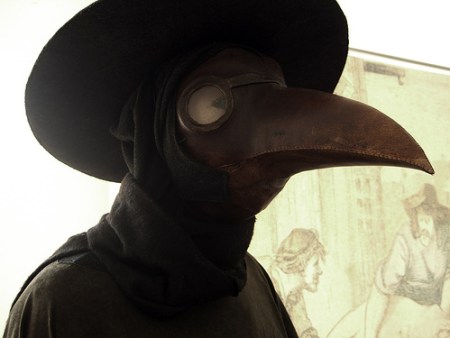Busted: The Black Death Was Indeed Bubonic Plague
We had no idea, but apparently there is some dispute among the historical/scientific community as to whether the Bubonic Plague was actually responsible for the pandemic known as The Black Death, which killed off more than a third of Europe’s population in the 1300’s.
The Black Death occurred long before scientists and doctors would come to understand the existence of bacteria or viruses, and all we have to go on are historical accounts written at a terrifying point in history where one in three people were dropping dead with only a few days warning; and so it makes a kind of sense, actually, that scientists aren’t really sure which specific pathogen was at fault.
But thanks to some clever DNA testing, scientists now have a better indication of the culprit: Yersinia pestis, more commonly known as the Bubonic Plague.
The researchers were able to find traces Y. pestis‘ DNA in samples from 14th century remains.
From Wired:
To build their case, the study’s authors extracted DNA from more than 75 skeletons in mass graves or plague pits across Europe. As an added measure, the scientists compared the samples to bones in nearby regions unaffected by the disease. All of this data, according to the study, points to bubonic plague as the cause of the 400-year-long pandemic and not other diseases.
Bubonic plague’s most characteristic symptom is, of course, swelling protrusions known as buboes on the inner thighs, neck, or armpits, caused by the swelling of your lymph nodes aaaaaand we’re going to stop reading Wikipedia now because we’re starting to feel all manky.
Pictured: the characteristic dress of a plague doctor.
Read the original study here.
Have a tip we should know? tips@themarysue.com
